Chairs
Chairs I have sat in. They’re usually too big, those conference table chairs at editorial meetings I attend, or seats set in a row for panelists at author events, with a copy of our latest book propped on the long table in front of us.
It’s difficult to be one of the “important people” in the room–and there I perch, feeling like Lily Tomlin’s comic character Edith Ann: feet barely touching the floor, knees unable to bend properly around the too-extended front of the chair.
Or I sit boldly, confidently, feet planted firmly on the floor. And my bottom is six inches from the back of the chair, sliding perilously backwards, if it’s one of those slippery wooden jobs, rounded with arms. Unless I cramp my calves and grip the floor, until leg spasms force release.
Who were these chairs built for anyway? Not women like me: 5′ 3″, 115 pounds fully dressed. A woman of small-to-average size.
These chairs have been built for men. Tall men, large men, men who should be authoring books, expounding on panels, or holding high-level meetings in richly furnished New York publishers’ rooms. Discussing literary affairs with large sums of money attached. Cutting deals.
I’ve grown to enjoy the occasional meetings and the more frequent panels, with stimulating topics and engaging participants; but almost always, the chairs don’t fit.
And so, as I wiggle uncomfortably, I often comment on how the chairs are normed for men, and then I stand. Which does give me a certain commanding presence when I speak, standing, to a roomful of seated people.
But I wish I could be one of the gang like most others in attendance, who sprawl, at ease in their chairs. Why not have a diversity of seats in any given room, to attract a range of people who can relax, comfortably providing a diversity of voices and perspectives? That way, I wouldn’t have to negotiate furniture which clearly was not built with me in mind.
The same goes for those painful airplane seats, which I can only conjecture are also created for a six foot, bulky man; no one else’s head could possibly be at ease with that head-rest, set to torture my neck no matter the angle I try.
As our society becomes more open to tapping the talents of our entire population, the configuration of our chairs are one of those small but significant details we need to attend to, ensuring that everyone feels welcome in the seats of power.
Until then, thank you, I’ll stand.
______________
Dr. Joan Steinau Lester is the author of the recently released novel, Mama’s Child. Follow Lester on Twitter and find her on GoodReads. As a member of a biracial family, Lester’s lifelong passion has been writing about issues of racial identity. Dr. Lester is an award-winning commentator and author of four critically acclaimed books: Eleanor Holmes Norton: Fire In My Soul; The Future of White Men and Other Diversity Dilemmas; Taking Charge: Every Woman’s Action Guide; and her first novel, Black, White, Other: The Search For Nina Armstrong. She has won the NLGJA Seigenthaler Award in journalism and the Arts & Letters Creative Nonfiction Finalist Award. Taking Charge was nominated as a Best Women’s Book by the San Francisco Women’s Heritage Museum and Mama’s Child was a Bellwether Prize finalist. After receiving her doctorate in multicultural education, Dr. Lester served as the Executive Director of the Equity Institute, which pioneered the diversity wave of the ’80s and ’90s, for sixteen years.
Category: Contemporary Women Writers
Comments (6)
Trackback URL | Comments RSS Feed
Sites That Link to this Post
- Featuring Women Writers on WWWB 2013 - Women Writers, Women Books | December 31, 2013

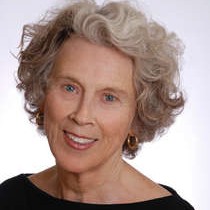




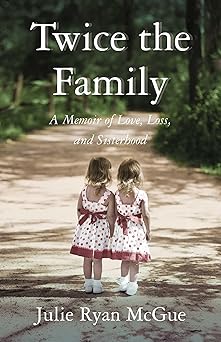








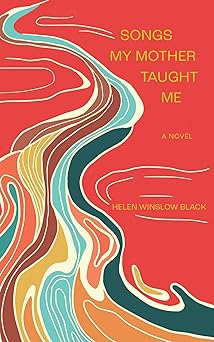

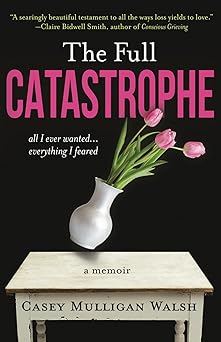




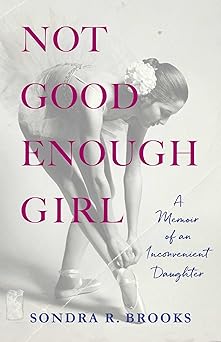






As a woman who grew to her full height (5’9″) by the age of 13, I’m having a hard time with this one. Are you saying tall women are masculine or just don’t exist?
If the chairs were smaller, taller people couldn’t fit them. I’ve worn men’s watches and hats (and often winter coats) my whole life because somehow “feminine” has come to mean “small”. The idea of “women’s chairs” which are smaller terrifies me — it would mean one more time when I’d have to pretend to be “one of the guys”, one more time I get to be embarrassed for not being small.
Airplane seats were indeed designed for men, but the 6′ bulky men you describe don’t fit in them either. The original specifications came from US Air Force fighter pilot height and weight maximums: men no more than 5’10” with slim hips. Women my size don’t fit in them either, because the seats are too narrow for our hips. Even as a skinny teenager I could barely fit in them.
Please oh please stop equating being a woman with being small. You don’t know the damage you’re doing.
Thanks for your comment and perspective. Actually my plea is for a diversity of seat sizes, which would accommodate all of us. I no more wish seats to be normed on my size–nor would I ever postulate a “woman’s size”–than on another. Once we have a variety of chairs in public spaces, we’ll all, I hope, feel welcomed, comfortable, and expected. Be well, Joan
Thanks for the cheers! Some day we won’t have to navigate such overly large furniture, and will have choices.
Absolutely agree – trains and planes (and automobiles) and all office furniture was built for someone whose body shape is mysterious to me (i’m 5’2″) and I hate having to negotiate a long journey or a long meeting – especially since I already spend hours sitting to write, in a make-do chair.
Yes! I’m right there with you!